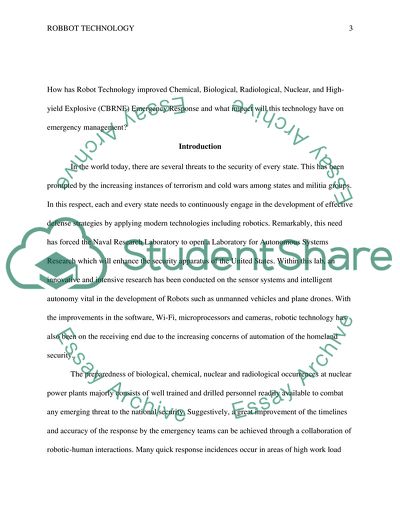Cite this document
(Robots Technology and Emergency Response Research Paper, n.d.)
Robots Technology and Emergency Response Research Paper. Retrieved from https://studentshare.org/technology/1780113-hs610-reference-material-request
Robots Technology and Emergency Response Research Paper. Retrieved from https://studentshare.org/technology/1780113-hs610-reference-material-request
(Robots Technology and Emergency Response Research Paper)
Robots Technology and Emergency Response Research Paper. https://studentshare.org/technology/1780113-hs610-reference-material-request.
Robots Technology and Emergency Response Research Paper. https://studentshare.org/technology/1780113-hs610-reference-material-request.
“Robots Technology and Emergency Response Research Paper”, n.d. https://studentshare.org/technology/1780113-hs610-reference-material-request.


